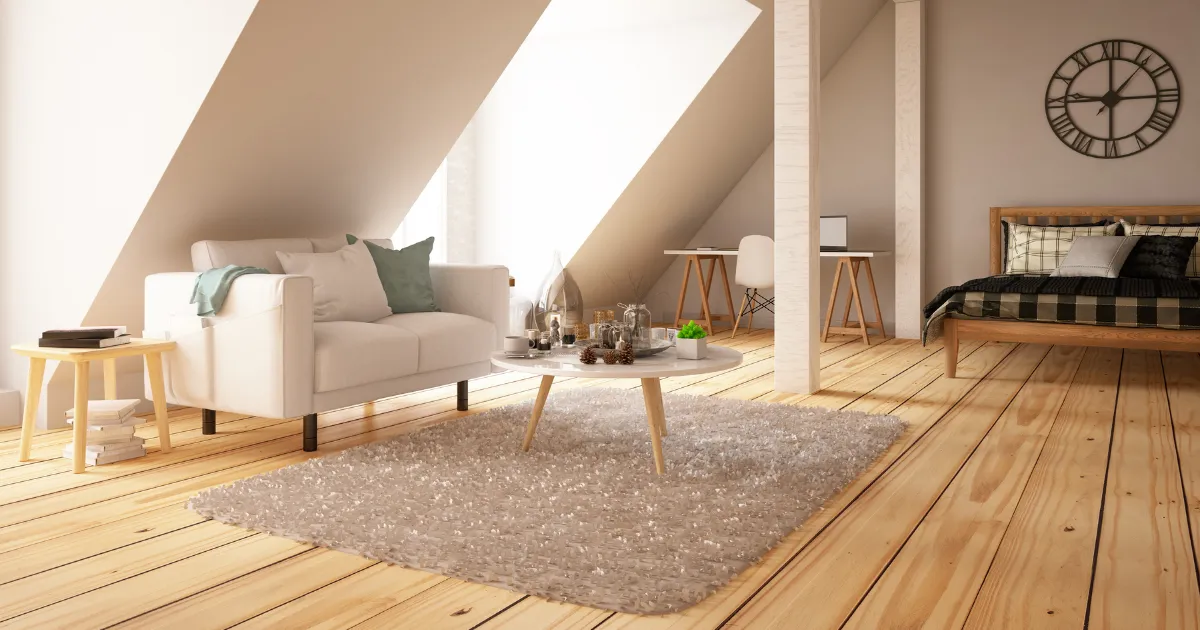Terraced House Loft Conversions: Costs, Types & Planning
Terraced homes are some of the most common in the UK, and converting the loft is one of the best ways to add space and value. It’s a cost-effective alternative to an extension, creating room for a new bedroom, office or bathroom.


.png)


